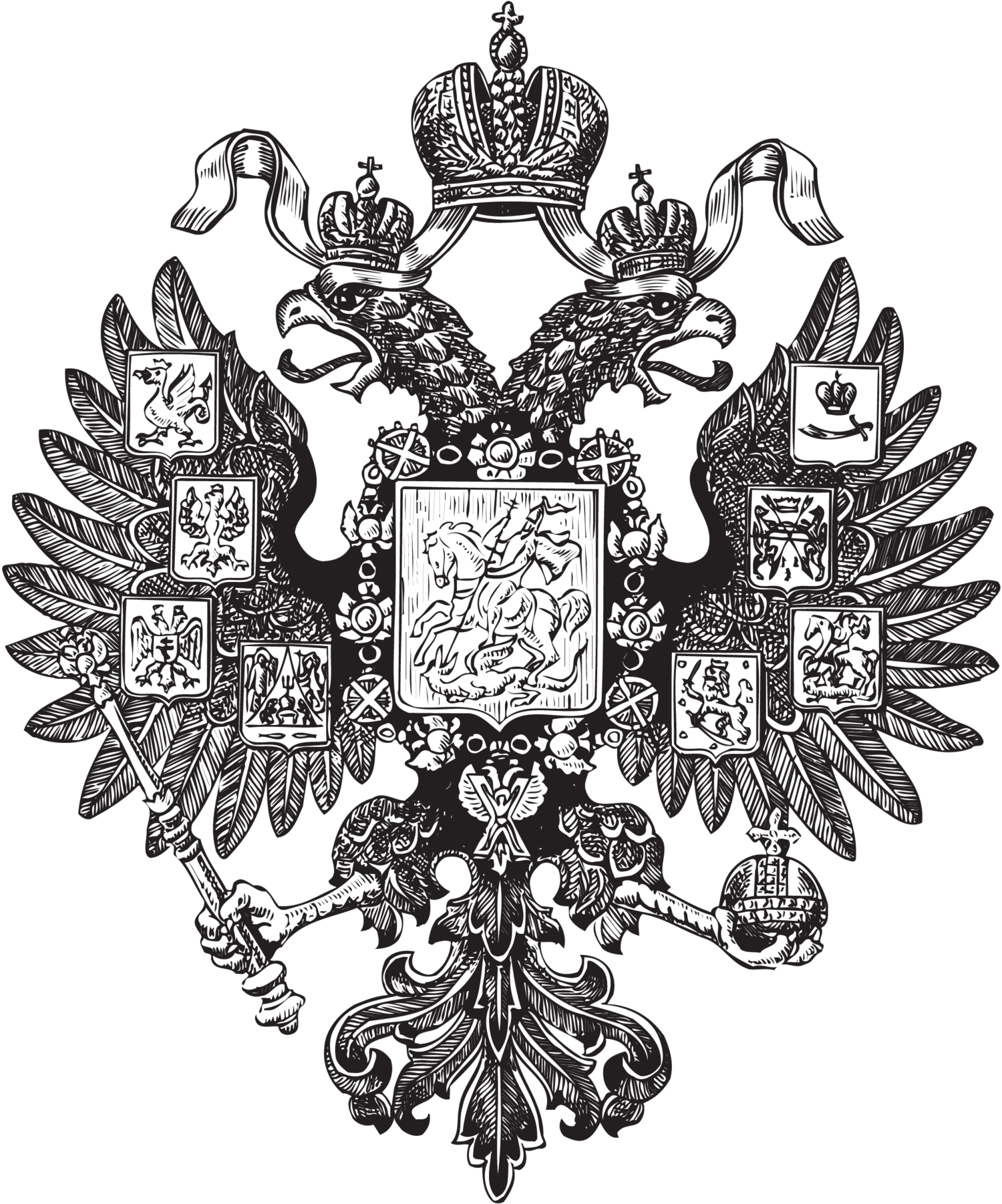Can Women Succeed to the Russian Throne?
Yes.
The Pauline Laws (q.v.) provide for succession by both male and female dynasts (q.v.). The Pauline Laws establish male-preference primogeniture. This means that succession to the throne (or headship of the dynasty) passes by primogeniture to the senior male dynast. At the death of the last male dynast, the succession passes to the female dynast most closely related to the last emperor.
For nearly two centuries, from the accession of Emperor Paul I in 1796 to the death of Grand Duke Wladimir in 1992, male dynasts held the throne or headship of the dynasty, based on primogeniture. Due to the numerous non-dynastic marriages that occurred after the Revolution of 1917, the male dynasts of the Imperial House grew smaller in number as the years passed and finally died out in 1992. The last living male dynasts were Prince Vassily of Russia (died in 1989) and Grand Duke Wladimir (died in 1992). The succession to the headship of the dynasty then passed to Grand Duchess Maria. She is the surviving female dynast most closely related to the last emperor (regardless of whether one considers this to be Grand Duke Wladimir, the last de jure emperor, or Nicholas II, the last reigning emperor).
Non-dynasts (q.v.), whether male or female, are never in the line of succession.
Article 27 states that “[b]oth sexes have the right of succession to the Throne; but this right belongs by preference to the male sex in order of primogeniture [pervorodstvo]; with the extinction of the last male issue, the succession to the Throne passes to the female issue by right of substitution [zastuplenie].”
Article 30 describes how the throne may pass to a female dynast: “When the last male issue of the Emperor’s sons is extinct, succession remains in the same branch, but in the female issue of the last reigning Emperor, as being nearest to the Throne, and therein it follows the same order, with preference to a male over a female person; but the female person from whom this right directly proceeds never loses this right.”
In other words, the senior female heiress of the last Emperor or Head of the Dynasty succeeds to the throne, and is followed on the throne by her most senior male issue, at which point male primogeniture is resumed (see Articles 30–34). It is important to note that Article 30 states plainly that “the female person from whom this right directly proceeds never loses this right,” meaning that female dynasts rule in their own right and do not merely convey the succession to their male issue. Paul I (for whom the Pauline Laws takes its unofficial name) was not seeking to eliminate women from the throne (as some have claimed, out of ill feelings or resentment toward his mother, Catherine II the Great), but was merely establishing an orderly system that regulated the succession across the sexes and that assured that “the State should never be without an Heir” and that “the Heir should be determined by the law itself” (Paul I’s Act on the Succession to the Throne, 5/16 April 1797).
In 1820, Emperor Alexnder I added the equal marriage requirement to the succession laws: that is, he required dynasts to marry spouses from other royal houses in order to transmit dynastic status to their children. Thereafter, the terms "male issue" and "female issue", and so forth, referred strictly to male and female dynasts.

